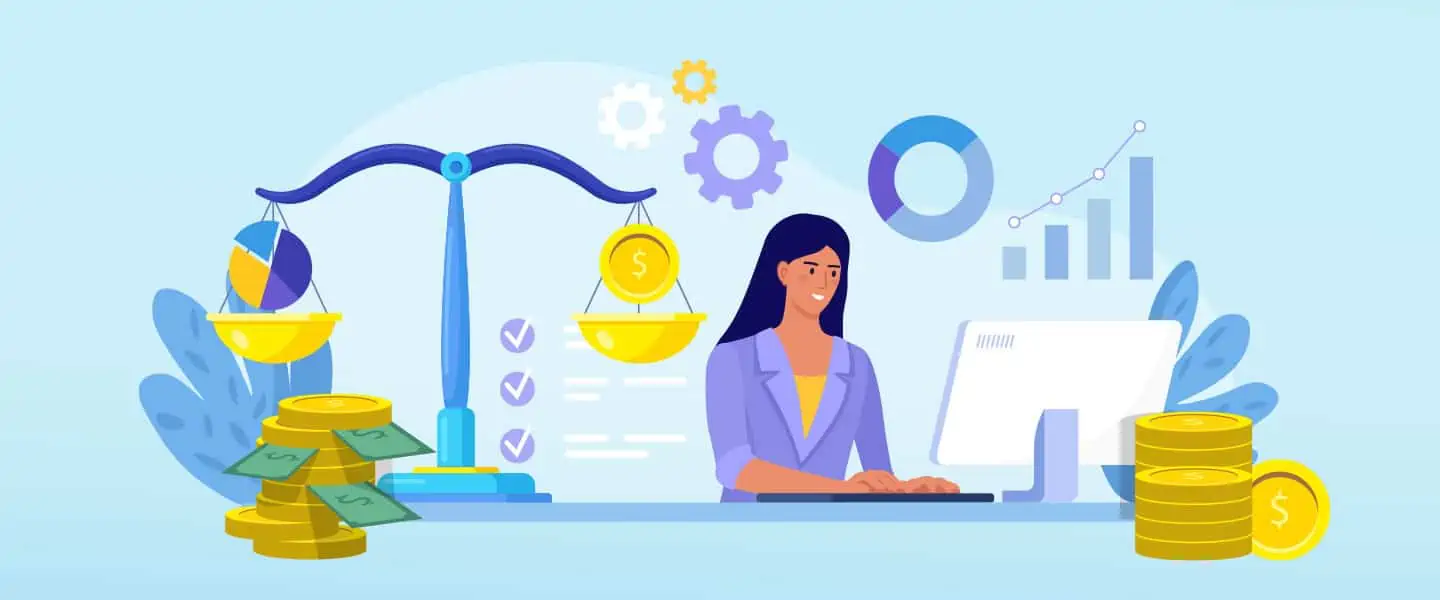When you hire a new employee, you’re not just agreeing to pay them a salary. There are recruiting costs, training, benefit packages, equipment, and more than have to be factored into the equation.
1. Recruiting
Recruiting is one of the more obvious costs that gets overlooked because it’s not an ongoing cost. You only incur it when you’re looking to hire someone. According to business advisor William G. Bliss, the high costs of processing recruitment, mainly in the form of advertising and time-in by the recruiter, can become a substantial drain on a company’s finances.
Then, there are background checks and pre-employment assessment tests that have to be performed. Even at $8 per hour, you could wind up paying $3,500 per employee in direct and indirect recruiting costs.
2. Training Costs
What happens when you find that perfect employee? They have to be trained. Training is one of the most expensive investments you will make. According to a report from Training magazine, companies spent an average of $1,200 per year, per employee in 2007. That trend hasn’t slowed down in recent years, either.
Employers spend an average of 32 hours every year on training. Of course, with online training becoming more popular, some companies can reduce their training overhead, but typically only in specific fields. For example, employers can go to a company for technical training and those costs are much lower than what most employers can absorb in-house.
3. Salary & Benefit Costs
The biggest cost is probably the salary of your employee and benefits. Benefits can range from free coffee to retirement packages and health insurance. Most employees expect something resembling a cafeteria plan – dental plans, life insurance, disability insurance, gym memberships, and sometimes more.
Some estimates say that salary plus benefits costs between 1.25 and 1.4 times the base salary for your employee. So, if you hire someone, you may end up spending anywhere between $62,500 and $70,000 on them. Going forward, your biggest cost will be health insurance.
If premiums continue to rise, expect your employee costs to approach 1.5 to 2 times base salary. Controlling these costs isn’t always easy, either. By law, you must offer health insurance to your employees if you have more than 50 employees who work for you full-time or count as full-time employees. And, while not required by law, many employees demand generous retirement plans with matching provisions, which could drive your costs higher.
4. Workplace Integrations
Another cost that shouldn’t be overlooked is the cost of integration. This refers to the process of assigning a new hire a desk or office space, space in the company, space on the production floor, and then helping them fit in and get along with other employees.
These days, many businesses are more sensitive to an employee’s needs – and they go beyond just providing an ergonomically-designed chair or desk. Software customized for the employee, a cell phone, travel funds, and special equipment necessary to do the job (or equipment that makes the job easier).
In some businesses, this is more important than in others. For example, an employee working in IT in telecommunications might need more special equipment than an individual who works strictly in an office environment in an industry that is already fairly standardized in terms of production.
IT personnel who work in the field often need their own cell phone to make calls to their superiors. They need tablet computers to test equipment and special equipment to test their testing equipment or run “line checks” on internet and telephone services. They need company vehicles, cables, replacement modems, and other equipment for the customer, special training for accessing various types of crossover boxes, and how to fix or maintain them. Adds up quickly, doesn’t it?
5. What’s Your Break-Even Point?
Before you hire someone, you need to know where your break-even point is. Hiring a new employee is expensive, but if they bring in more profit than what they cost, it’s usually worth it.
At the same time, it’s not something that you should take lightly. At the end of the day, a serious cost-benefit analysis needs to be done and, even when the CFO doesn’t agree with the hiring manager, profits still drive the business forward. That doesn’t always mean every profitable employee on paper will turn out to be profitable in reality, but a good assessment reduces the risk of this occurring.











